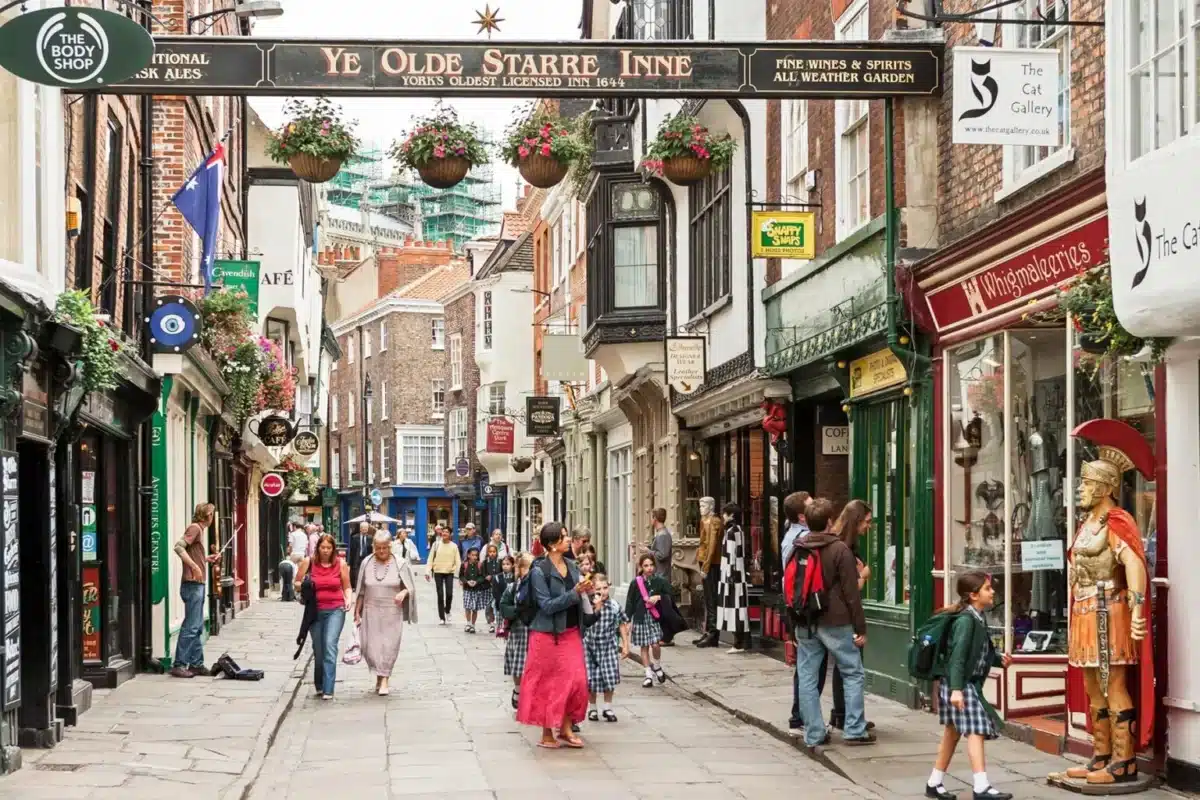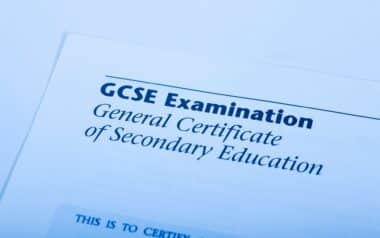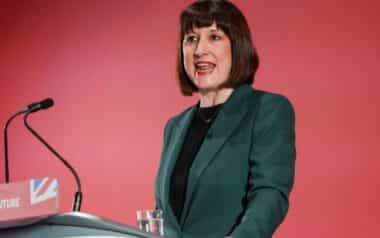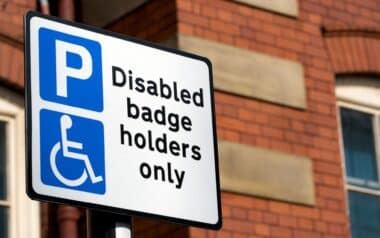More than four million households in England could see council tax increases far exceeding the legal limit in 2025. In some areas, the proposed hikes reach up to 25%, marking the largest rise in two decades as councils grapple with severe financial pressures.
The stark increases come amid a growing number of councils reporting significant budget shortfalls. Financial strain on local authorities, driven by inflation, rising service demands, and years of underfunding, has prompted several councils to request approval for tax hikes far above the usual cap of 4.99%.
Unprecedented Increases Amid Financial Crises
Windsor and Maidenhead Council leads the list of areas with the highest proposed tax hikes, seeking a 25% increase. This move, which would see local bills rise by £451 for the area’s 154,000 residents, has been described as a last resort to avoid financial collapse. According to a council statement, these measures are vital in light of “high inflation and increased demands for services,” which have created unsustainable budget pressures.
The financial struggles are not confined to Windsor and Maidenhead. Other councils, including Hampshire, North Somerset, and Bradford, are planning increases of 15%. Meanwhile, Birmingham City Council, which declared effective bankruptcy in 2023, has proposed a second consecutive year of 9.99% hikes, potentially raising average household bills by £400 over two years.
Many councils argue that such increases are unavoidable due to structural deficits exacerbated by inflation and the rising costs of delivering essential public services. A survey by the Local Government Association revealed that one in four councils anticipates needing emergency financial support in the near future, with some on the brink of insolvency. This is the complete list of areas where an increase in council tax is anticipated :
| Location | Expected Increase | Population Affected |
|---|---|---|
| Windsor and Maidenhead | 25% | 154,000 |
| Hampshire | 15% | 1.4 million |
| North Somerset | 15% | 215,000 |
| Bradford | 15% | 560,000 |
| Newham, East London | 10% | 358,000 |
| Cheshire East | 9.99% | 406,500 |
| Birmingham | 9.99% | 1.16 million |
| Slough | 7.99% | 160,000 |
The Loopholes and Local Pushback
To circumvent the 4.99% cap on council tax hikes without government approval, councils have increasingly relied on legal provisions such as Section 114 notices. These notices, which signal that a council is effectively bankrupt, allow authorities to implement tax increases well beyond the statutory limit.
Both locals and advocacy organizations have criticized this practice. In opposition to Windsor and Maidenhead’s proposal, the Taxpayers’ Alliance, a strong opponent of disproportionate tax burdens, has charged the council with economic mismanagement and neglecting to take the financial impact on locals into account.
According to Local Government Minister Michael Gove, no decisions about council tax rises have been made yet, and hikes over 5% will only be approved in extraordinary cases. A government spokeswoman emphasized, “Councils are ultimately responsible for setting their own council tax, and we will put taxpayers at the forefront of any decision.”
If enacted, the planned tax increases may put a heavy financial burden on those already struggling with the crisis caused by rising living expenses.









